Day 25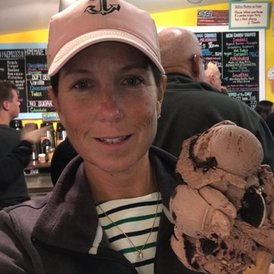 Oh my goodness. It is summer. When I think about flavor, I'm not thinking math (which is kind of weird because I'm often thinking math), I'm thinking ice cream. Boy, do I like ice cream. When I started dating my husband, he used to order VANILLA. How boring. I married him anyway. When it comes to math, there are probably a zillion different flavors out there. There are all the regular flavors. These are the ones that aren't risky. (Think, published curriculum.) You know, these flavors seem pretty tested. They've been around a good long time. People seem to like them or at the very least, have come to expect them. They are chocolate, vanilla, strawberry, and maybe coffee. Then there are those who mix it up a little. (Think published curriculum with some interesting supplementation.) These flavors are appealing because they're tried and true with a little something extra. How could coffee oreo not be awesome? And chocolate marshmallow, seriously? Spicing up what we've come to expect still offers up something that is solid but now a little interest has been added. Then the folks at Ben and Jerry's enter the scene. What they've put together is still ice cream but it seems like so much more than the tried and true with a twist. They kind of broke the mold. They're trailblazers who reinvented ice cream. I mean, Chubby Hubby and Cherry Garcia, are you kidding me? These entrepreneurs are like our pioneers in mathematics education who have turned math class upside down and refocused the attention where it belongs: on our students' sense making. Sure, it is still math class but it isn't for the ill trained, those lacking self-esteem, or confidence in their own math ability, or those who really do have to teach a program with fidelity. It is for the thoughtful and creative educators who seek out inspiration and the knowledge necessary to respond to their students and build upon what their students can do until they reach proficiency in both the content and mathematical practice standards. The Virtual Conference of Mathematical Flavors has prompted me to think about what flavor my math class is serving up. The true confession of a twenty-four year veteran math enthusiast is that I'm the biggest flip-flopper you'll ever meet. This is true. It really is. I feel embarrassed (actually kind of mortified) saying it. Let me explain how this came to be. I teach in a smallish regional school district. When I first started in 1995 we had no real math curriculum (actually, we had some old Heath Mathematics books copyright 1981 but I didn't have enough for every child as we were experiencing some real growth. We also didn't have the internet yet either. I was a newbie at this point and my own math classroom experiences as a student had fallen short of inspirational. As a rookie teacher, I leaned heavily on the Heath book for scope and sequence and tried to make their lessons a little bit more fun. I'd type up (or even hand write) some of their word problems but change the names to include my own students' names. I was crazy good. (Do you hear the sarcasm?) It wasn't too long before we adopted Addison Wesley. It was copyright 1991 but it was awesome! (Okay, at the time, it seemed awesome.) Unlike the Heath math that had only one page of "word problems" per chapter, this book was "rich" in word problems. It even had pages of "challenge" word problems we could give the "smart" kids. In a very short while, we started to see the need to supplement. Massachusetts was now giving the MCAS test and there were standards to teach to. I remember getting well acquainted with the work of Marilyn Burns around this time. Her book, About Teaching Mathematics became central to my instruction. For the first time, I was beginning to realize that math should make sense to my students, that their learning had to push beyond memorized facts and procedures, and that it could be fun. This was an exciting time in teaching because my colleagues and I had some really great resources, the world wide web was starting to be a thing in our school, and pioneers like Kathy Schrock had these websites with links you could follow to get good lessons. In 2003 something sort of amazing happened. My superintendent and director of curriculum had decided to hire a math specialist because our schools weren't doing so hot on those pesky MCAS tests. I was out on maternity leave so I was surprised when I was contracted and asked if I wanted to job share the position with a colleague and close friend. Of course I did! One of the tasks we were charged with was finding a new curriculum. We were all over the web researching curriculums and best practices in math education. In the end, we were focused on curriculums funded by the National Science Foundation. Investigations and Everyday Math were our front runners. We piloted both. Our teachers spoke pretty loudly. They loved Investigations. After two years, our district cut the coaching position and I returned to the classroom but not before getting to meet Marilyn Burns. After a short conversation about our job as coaches, Marilyn arranged for my colleague and I to meet her publisher, Toby Gordon, to talk about our work and to think about writing a chapter in a book she was publishing on mathematics coaching. We did and we did! It is still one of my greatest points of pride. We LOVED Investigations. I REALLY loved Investigations. It was student-centered. It offered meaningful problem solving experiences for kids. It put student learning front and center with a real focus on conceptual understanding. It incorporated routines and games. Our kids were having fun and were getting a really rich mathematics education. Through outside training, embedded professional development, and simply teaching the curriculum, our teachers were making strides in their own mathematics learning too. Everything was awesome. Then, the standards changed. We stopped getting teachers new to our district trained. We were no longer sending teachers for any real outside math PD. Teachers complained that the program was not aligned. Kindergarten teachers were complaining that there weren't enough problems on each page for their students to practice with! Everyone was supplementing. Teachers Pay Teachers was invented. Everyone was buying crap to supplement with. If the worksheet said it met a specific standard then it must be terrific, right? Engage New York was available online and some teachers were dabbling with that. We were a hot mess and I was heartbroken. Truth be told, I was still using Investigations. I was hardly supplementing. My test scores were good. My math classes were fun. Students came in (generally) not loving math and left liking it a lot. Then we bought Go Math. To quote one of my fourth graders, "Go Math is the bane of my existence!" We were told (although certain admin still denies it) to teach it with "fidelity". I did. I tried to drink the damn cool-aid. At one point I was like Vanna White (no offense Vanna) standing in front of my Smart board pushing things that lit up and generally having an animated beaver teach my math lessons. Oh, how I wish this was a joke. It was my sad reality. My students were bored. I was bored. They were not struggling to solve problems worthy of their attention. They were back to learning facts and procedures. Some of the math was just mathematically wrong. After a short while, I began feeling like I was committing educational malpractice every day. I reverted back to that phase where I was using Go Math for the scope and sequence but I was supplementing with A LOT of old Investigations materials plus QUALITY routines and lessons that I had found through Twitter. "Notice and Wonder", "Fraction Talks" (from www.fractiontalks.com), "Fraction Splats", "Number Talks", "Which one Doesn't Belong?" "Numberless Word Problems", and "Math in Three Acts" lessons were helping to revive my math instruction. I was reading awesome authors I'd uncovered on Twitter and buying books left and right. Some of the better ones were:
In addition, I was following some great teachers, coaches, and math specialists on Twitter. Their blogs provided some fabulous PD. Marc Chubb, Joe Schwartz, and Graham Fletcher are among my favorites. I found Graham Fletchers progression videos truly helpful. I was also taking workshops (thanks Cheryl Condon) and courses (LOVED my course with Mount Holyoke's Mike Flynn and Virginia Barnstable) and learning from time spent on Twitter. Following the MTBoS hashtag and participating in the elementary math chat (#elemmathchat) enhanced my own mathematics learning and as a result, my teaching. As the year progressed I felt confident that I was making the best possible instructional choices for my students and I supplemented more and more. I felt great about my math teaching and the learning happening in my room. My students were working hard to make sense of math and were having fun doing it. (Check out this short video.) For some reason, beyond what I can even comprehend, I decided to give Go Math another shot at the beginning of the next year. I guess I figured that now that our students had a year under their belts it would somehow go better. It did not. These students who came to me were unlike any I had ever taught. They were bright. There was no doubt. However, they could not DO math with any degree of independence. They looked to me to scaffold every problem. I thought for sure that their procedures would be intact given the over emphasis on procedural fluency in Go Math. They were not. And if they were, they had no underlying conceptual understanding of what they were doing. I had asked a chid I perceived to be very smart why the array that she was effectively using worked. NIGHTMARE. She had no idea, became very flustered, and really started to doubt herself. She had no conceptual understanding and now she had no confidence. I became very frustrated and almost angry at what was happening with my students. I tried to cope. I just tried harder, I blamed admin., I blamed teachers who said they wanted this stupid program and then FINALLY, I took a GIANT step backwards. I started filling in some of the gaps with games and routines that I had typically relied upon when I taught second and third grades and slowly, I started to see a shift in my students. They were enjoying math class more. They were tasting success. They were beginning to tolerate struggle and they were listening to one another as we built a strong community of learners. By the end of the year, I can honestly say, they made major gains and I'm confident that most of my students would say that math is a subject that is enjoyable. I don't feel like I took them as far as pervious classes went. Here I am prepping for another year in the fourth grade. I'm honestly trying to decide what flavor I'll be next year. There is a part of me that is tempted to give Go Math another shot. I feel ridiculous even typing that idea. Insanity, right? In reality, I think Investigations will be my guide. I'll try to pepper in a little Go Math but I'll trust my own expertise to design curriculum that takes full advantage of the best resources out there and relies on the research and what I know to be true about good math instruction. I don't actually eat much Ben and Jerry's. There is an ice cream shop here on Cape Cod that has this flavor called Wicked Mud Flats. It is so flipping good that I can't even really tell you what is in it. I think it has a coffee base. (All goodness begins with coffee!) It might have fudge or brownie batter. I think it has truffles. Honestly, it is just unlike any other flavor. It is unique and made up of all the best ingredients. It is awesome. I want Wicked Mud Flats to be my mathematical flavor. I want it to still be ice cream (think thoughtfully designed, student-centered math instruction) that incorporates sense building routines, fun games, and problems worthy of my students' time and attention. I want them to love math so much that they are willing to struggle, to fail, and to be eager to try again. I want them to talk math and to listen and really think and to make connections and to get excited when they notice interesting things. I want my students to be full of wonder. I want a classroom where the mathematical practice standards are alive and where students strive to prove their thinking and are willing to argue appropriately so that everyone is learning mathematics. In short, I'm hoping for Wicked Mud Flats. I want inspired teaching and learning. Sort of a funny menu of flavors!
4 Comments
Hi fellow Massachusetts teacher!
Reply
Marie Brigham
9/9/2018 05:04:17 pm
Thanks for taking the time to read and comment! Wicked Mud Flats can be found at an ice cream shop in Truro called Sweet Escapes. If you're ever over to the mainland, or visiting P-Town, it is worth the stop!
Reply
8/4/2018 06:41:32 pm
Marie that tweet is gold and this post is awesome. I feel like your story resonates with so many teachers. The twists and turns our schools and districts send us down with curricular mandates can be quite unexpected.
Reply
Marie Brigham
9/9/2018 05:21:26 pm
Thanks for reading and thanks for sharing your thoughts! As I chat with other math educators I am always comforted by the fact that our journeys have been so similar.
Reply
Leave a Reply. |
Marie McManus BrighamA public school teacher who gets to wonder alongside fourth-graders. Archives
December 2018
Categories |
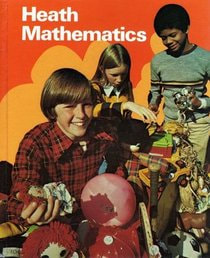
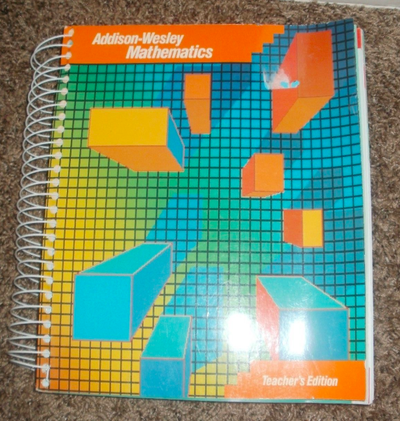
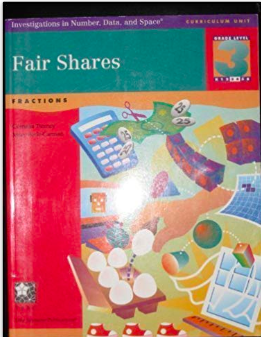
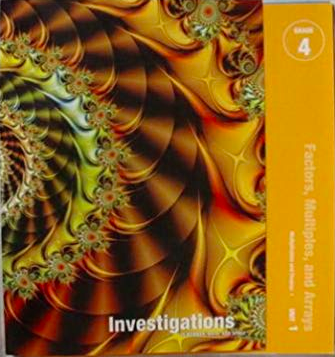
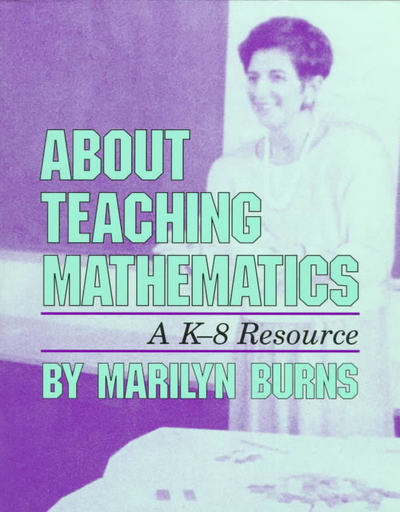
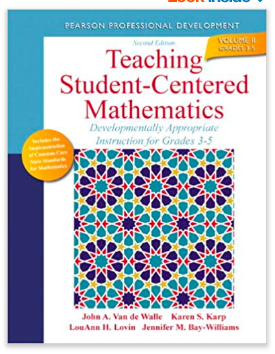
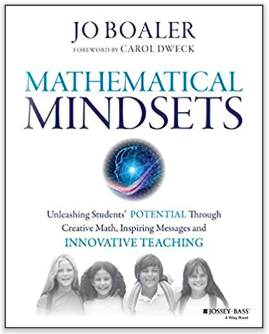
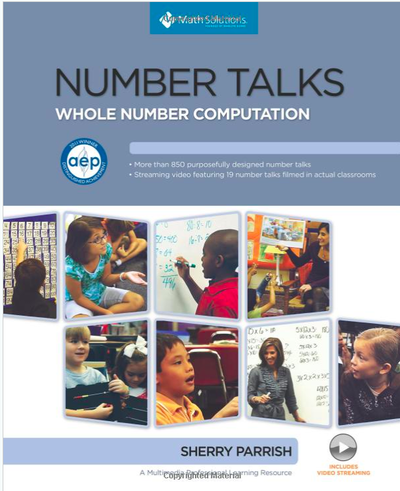
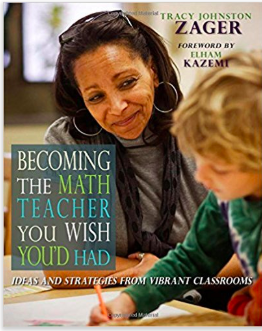
 RSS Feed
RSS Feed